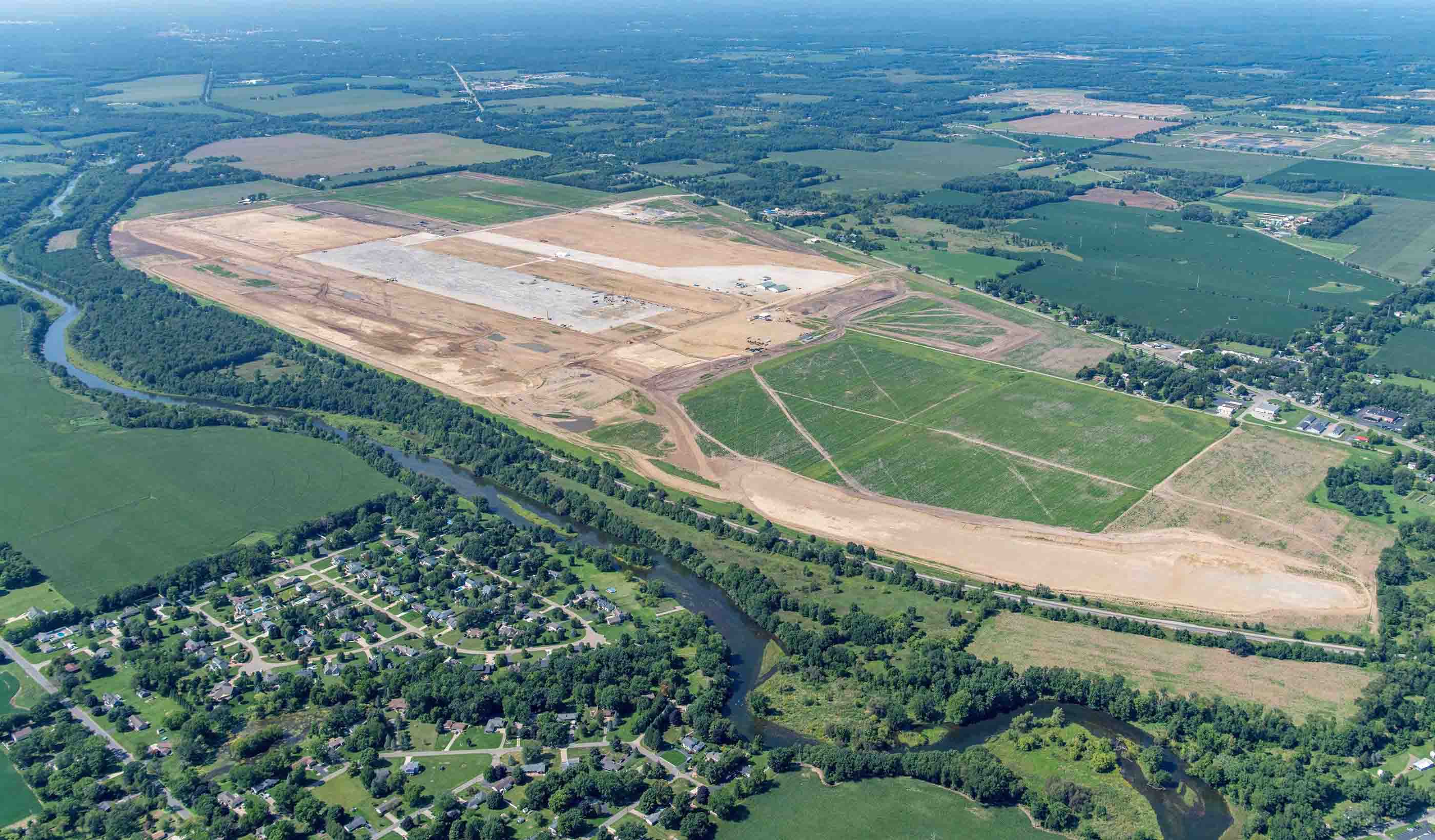Breaking down data silos in infrastructure asset management
August 27, 2024
August 27, 2024
Keeping projects connected with modern asset management tools—from design through construction and into operations and maintenance
Major infrastructure projects require careful planning and keen oversight. From construction management to the strategic enactment of processes and tools, program and construction management (PMCM) projects are often very complex.
As the PMCM industry evolves, projects are often hindered by data silos. It’s like how organizational silos can isolate key team members. Data silos can isolate teams, and critical information. It leads to inefficiencies and miscommunication.
Data siloes typically cause the most issues during construction. Gaps in data collection and sharing arise from disconnected project teams. Each team is working only to complete their assigned task, without considering the effect on other teams or the entire project. It’s better if we focus on program efficiency and oversight. Then, we can better manage the complexities of public capital and aging infrastructure projects.

Aerial view of the early development of the MAEDA BlueOval Battery Park in Marshall, Michigan.
Managing cities and planning for growth involves more than just investing in reliable infrastructure projects and modern technology. It requires the thoughtful creation of programs to help build assets and systems to better manage them. Infrastructure assets are the roads and highways that form a road network, the airports and ports of a transport network, or the water treatment plants and distribution pipes that make up a water supply system.
What if we could connect these isolated pieces and transform the lifecycle of an asset into a seamless flow of information? Let’s explore.
Most large-scale infrastructure projects are separated into three major phases: the design phase, the build phase, and the operate and maintain phase. The design phase is crucial for laying the groundwork for the entire project. It involves detailed planning and coordination so that all aspects of the project are well-defined and ready for execution. The build phase is where the actual construction takes place, turning design plans into physical assets. The operate and maintain phases happen after construction is complete and the asset is in use.
At the heart of any good infrastructure asset management system is the ability to track and manage data effectively. When you establish a solution like a project management information system (PMIS) early, you can capture and integrate data from the design and build phases.
Early adoption of PMIS lays the groundwork for efficient asset management. This allows data to be collected at every key project phase and informs decision-making through the asset’s lifecycle. For a client in Michigan, we created a PMIS for our client and program team to efficiently manage the program. By building in processes from our early phases of the program to construction, we identified and created assets being managed through the lifecycle.
Having a robust infrastructure asset management system in place helps to transition to operation. Establishing a central source for all data from the start helps create a cohesive record system, allowing data to flow between teams and phases. This helps prevent the loss of valuable data between steps and supports overall efficiency.
It’s better if we focus on program efficiency and oversight. Then, we can better manage the complexities of public capital and aging infrastructure projects.
The key to breaking down data silos lies in connecting the digital and real worlds. Solutions like geographic information systems (GIS) can act as vital connectors between the design/build and operate/maintain phases. GIS often serves as the authoritative system of record for utilities. With GIS, you can visualize the location of the asset and conduct field investigations to validate the asset exists and is in the correct location. When using GIS and integrated technologies, it makes it easier to monitor information across the entire asset lifecycle.
The water transmission system in Marshall, Michigan, is a good example. Here, the assets were onboarded prior to commissioning. By creating records in GIS prior to asset conveyance, it allows Marshall to create advance maintenance plans. It knows the extent and locations of its new water transmission system.
When transitioning large-scale infrastructure projects between the three phases outlined above, it’s critical to keep data flowing seamlessly between each phase. How can we ask a new team to pick up where the old one left off with outdated or incomplete data? It is all too common to find GIS incomplete and lacking vital information about assets when the owner takes over. This can have a detrimental effect on operational readiness and lead to asset failure. An organization must understand what data is critical to successfully maintain their infrastructure assets in the future. This is where a well-developed asset onboarding process comes in.
Changes in technology, such as the ArcGIS Utility Network, can now deliver more complete data when onboarding new assets. We can configure a utility network to flag an entry as incomplete if it’s missing data. These areas of missing information make analytic tools useless until complete or filtered out of the system.

The MOVEBR Infrastructure Improvement Program in Baton Rouge, Louisiana, aims to increase road capacity, improve existing roadways, and enhance traffic flow. It will do this while laying the groundwork for successful asset management once complete.
Let’s look at the Los Alamos Department of Public Utilities (DPU) as an example. It determines annual maintenance costs based on the financial cost of its assets. In doing so, DPU can assign the correct amount of funds for preventative maintenance to continue to provide a set level of service. This is possible due to DPU’s asset onboarding process that captures financial information about each asset with the use of automated tools. If incomplete data is found, the system will reject it using preset criteria. Since adopting this practice for asset infrastructure management, DPU has achieved nearly 100 percent data completeness in seven years.
Having rich data also supports predictive analytics.
For instance, our PMCM team recently helped a utility in South Florida better understand the likelihood of failure for their pressurized sewer system. They did this by looking at prior project data. The asset management system allowed us to apply data from previous assets to similar assets within the project scope. So, when a sewer system experiences a pipe failure, we can go in and look at what caused the failure and apply that data to similar pipes in hopes of preventing future failures. Having the data to “see” the problem before it arrives is the best approach.
Addressing data silos is more than just adopting modern technologies. You need to also think about fostering a culture of collaboration and continuous improvement. By combining systems and using new methods, we can build a more efficient, linked, and strong infrastructure.
Complex infrastructure projects are here to stay. Owners must ensure their projects are equipped with the best tools and processes available to set their assets and projects up for success. It starts with the design and construction. And it includes maintenance and operation. Those who embrace robust infrastructure asset management systems are sure to see the benefits through every stage of a project.